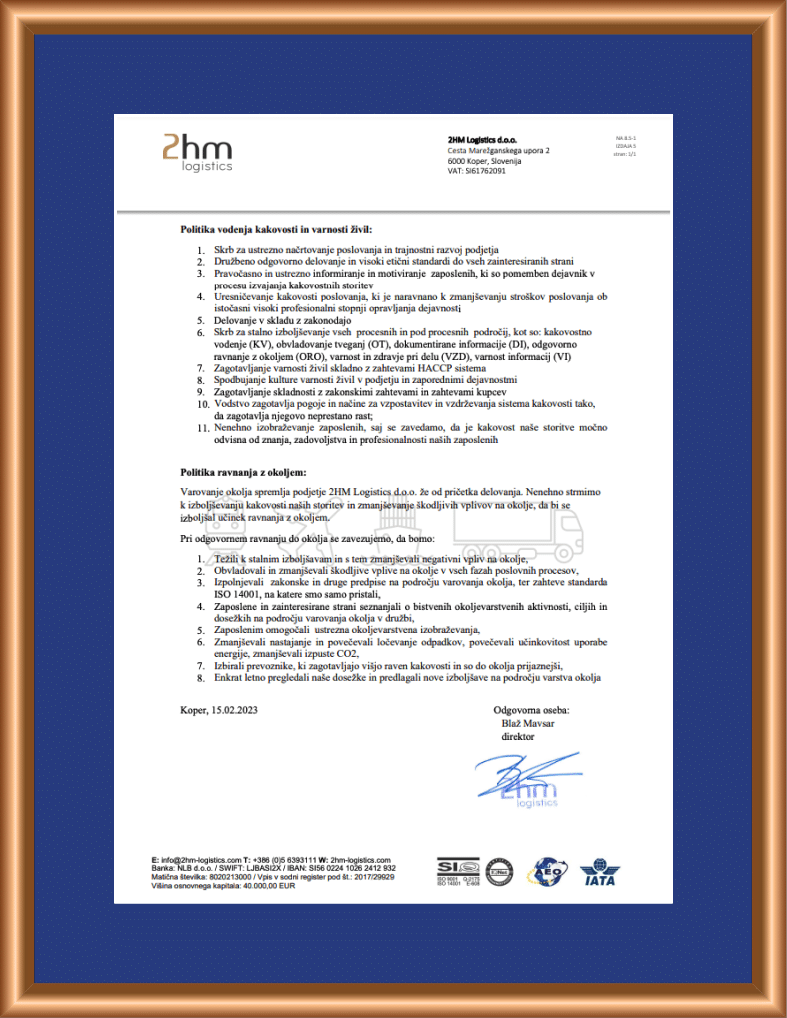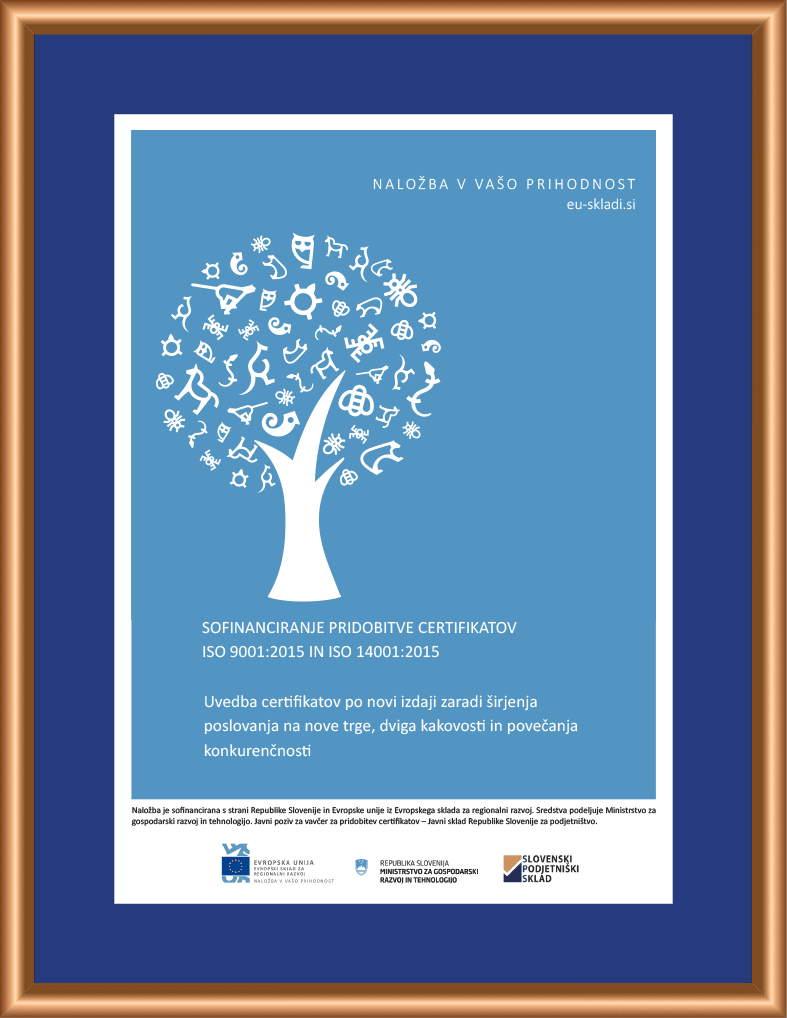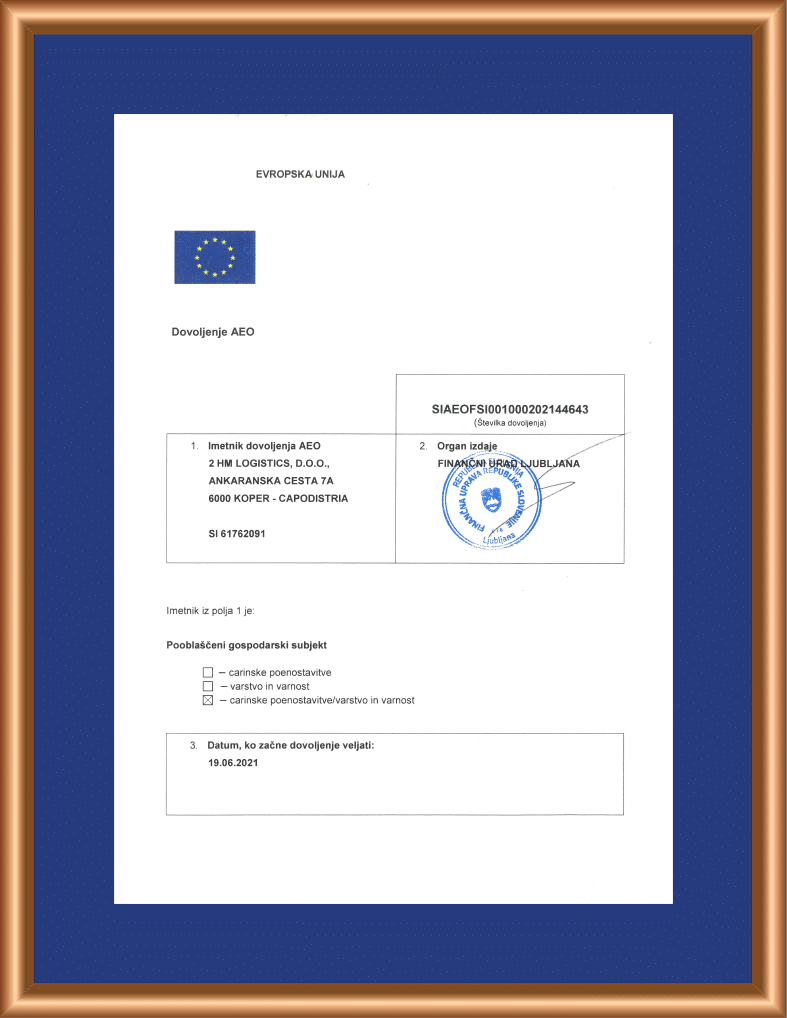Sea Freight
Sea freight is often the most economical way to transport goods and can be used for both short and long-distance shipments. In fact, 90% of the world trade is carried by the sea. There are many different services available, which vary in terms of price and speed.
Sea Freight
Sea freight is often the most economical way to transport goods and can be used for both short and long-distance shipments. In fact, 90% of the world trade is carried by the sea. There are many different services available, which vary in terms of price and speed.
Services
What is Sea Freight?
Sea freight is the transportation of goods by a cargo vessel. It is often the most economical way to transport cargo and can be used for both short and long-distance shipments.
The most common type of sea freight is container shipping, which is used to transport millions of containers around the world every year. Container ships are able to carry a wide variety of cargo.
Containerization is a system of intermodal freight transport using intermodal containers (also called “shipping containers” and “ISO containers”). They have standardized dimensions, which allows them to be easily transferred between different modes of transportation, such as container ships, chassis trucks, and container trains.
Import/Export: Central Europe
Strategically headquartered at the Port of Koper, Slovenia, we offer unparalleled logistics services for importing to and exporting from Central Europe with reach to global network. Whether your cargo is departing from or arriving in these key regions, we facilitate seamless, efficient logistics solutions that connect Central Europe to the world. Our areas of operation extend across:
- Slovenia
- Czechia
- Slovakia
- Hungary
- Croatia
- Serbia
- Romania
- Austria
Port of Koper
Sea Freight Advantages
- Cost-Effectiveness: Sea freight is often the most cost-effective way to ship large volumes of cargo and can be used for both short and long-distance journeys.
- Increased Capacity: Sea freight is capable of transporting large volumes of cargo, making it ideal for businesses that need to ship large quantities of goods.
- Environmentally Friendly: It is the most environmentally friendly way per unit of cargo, as it produces significantly fewer emissions than other methods of transport.
Sea Freight Disadvantages
- Slow Transport: Sea freight is often the slowest method of transport, which can make it inconvenient for businesses that need to ship goods on a tight schedule.
- Small Cargo Can Be Expensive: Sea freight can be expensive for small shipments.
- Port Congestion: Delays at busy ports can add additional time to shipping schedules, causing further inconvenience.
Port of Rijeka
The Port of Rijeka, located on the Adriatic Sea, is home to 2hm Logistics’ newly opened branch, expanding our strategic gateways to Central and Eastern Europe. It features modern facilities with advanced cargo handling systems, ensuring efficient and reliable service. Rijeka’s strong rail and road connections make it a key player in sea freight logistics, offering seamless transportation of goods across Europe.
Sea Freight Process
Sea Solutions for Every Industry
Sea Solutions for Every Industry
Navigating the Growth Together
FAQs
What’s the difference between LCL vs FCL?
LCL (Less than Container Load) shipments are consolidated shipments, where your goods are packed into a container with the goods of other shippers. FCL (Full Container Load) shipments are dedicated shipments, where you have the entire container to yourself.
How to calculate sea freight costs for consolidated (LCL) shipments?
When shipping goods by sea, the cost is typically calculated based on the volume of the cargo, known as WM (weight measurement).
To calculate the cost of shipping your goods by sea, you will need to know the following information:
- The dimensions of your cargo in meters. (Volume = CBM)
- The weight of your cargo in kilograms. (Weight = kg)
For the calculation of final price, we’ll use either volume or weight, depending on which value is higher. Here we take into consideration that 1 CBM equals 1 000 kg.
For example, if your shipment has 1 CBM and weight 1 200 kg the price will be based on the weight.
The calculated price is only informative and real price will be calculated by one of our professionals based on the actual details of the cargo when received into consolidation warehouse.
How long does sea freight take?
The transit time for sea freight can vary depending on a number of factors, including the distance of the journey, the type of container you are using, and the shipping schedule. In general, however, sea freight is the slowest method of transport and can take anywhere from a couple of days to a few weeks.
How to track sea freight?
It is important to track your sea freight shipment throughout the transport process in order to ensure that it arrives safely and on time. At 2hm logistics we offer a tracking service that allows you to track your shipment online.
What are the different types of cargo ships?
Cargo ships are used to transport freight, often on long-distance journeys. There are many different types of these ships, each with its own strengths and weaknesses. Some of the most common types include:
Feeder ship — Feeder ships are small cargo ships that connect larger with ports that are not accessible by sea. They usually carry a small amount of cargo, and they are not able to travel long distances.
Mother vessel — A mother vessel is a large cargo ship that connect only major ports. They carry a large amount of cargo, and they are able to travel long distances. They are usually used for shipping containers.
General cargo vessels — General cargo vessels are large cargo ships that transport a variety of goods, including food, clothing, and machinery. They are used for both short- and long-distance journeys, and they can travel to a variety of different ports.
Roll-on/roll-off vessels — Roll-on/roll-off vessels are cargo ships that transport vehicles, such as cars and trucks. They have a ramp that allows the vehicles to be driven on and off the ship, and they are used for both short- and long-distance journeys. We also know RoLo vessels that are a combination of RoRo and LoLo (Lift-on/Lift-off). These vessels use a combination of ramps and cranes to load and unload the cargo.
Container ships — Container ships are among the largest and the most commonly used type of cargo ship, and they transport containers full of goods. They can travel to a variety of different ports, and they are used for both short and long-distance journeys.
Reefer ships — Reefer ships are cargo ships that transport refrigerated cargo usually consisting of food and other perishables. They are used for both short and long-distance journeys, and they can travel to a variety of different ports.
Dry Bulk carriers — Dry Bulk carriers are cargo ships that transport dry goods, such as coal, grain, and ore. They are used for both short and long-distance journeys, and they can travel to a variety of different ports.
Oil tankers — Oil tankers are cargo ships that transport crude oil and other petroleum products. They are used for both short and long-distance journeys, and they can travel to a variety of different ports. These are actually the largest vessels you can find.
What is a sea freight forwarder?
Sea freight forwarders are companies that offer shipping services for goods that are transported by sea. They can arrange for the transport of your goods to and from any destination in the world, and they can provide you with a variety of different shipping options.
Sea freight forwarders can save you time and money, and they can make the shipping process much easier for you.
What does Incoterms mean?
Incoterms (International Commercial Terms) are a set of rules that govern the transport of goods by sea. They specify who is responsible for what, and they outline the roles and responsibilities and risks of both the buyer and the seller.
Is Sea Shipping Safe?
Yes, sea shipping is generally safe. However, there are always risks involved in any type of shipping, and it is important to insure your shipment in case of unexpected circumstances.
Which is cheaper shipping by air or sea?
Shipping by sea is generally cheaper than shipping by air.
Important Information
Weight Measurement
Essential for calculating freight transportation costs.
Networks
We are a member of many logistics networks.
Customs Clearance
Official authorization for cargo entry/exit.
Warehousing
9000m² of owned space for optimized storage.
2HM Logistics Carriers
Our partnerships with some of the world’s leading shipping carriers ensures that your cargo reaches its destination safely and on time. Our network of trusted partners includes:
- MSC (Mediterranean Shipping Company)
- MAERSK
- CMA-CGM
- COSCO (China Ocean Shipping Company)
- HAPAG-LLOYDONE (Ocean Network Express)
- EVERGREEN
- YANG MING
- ZIM LINE
- ARKAS LINE






